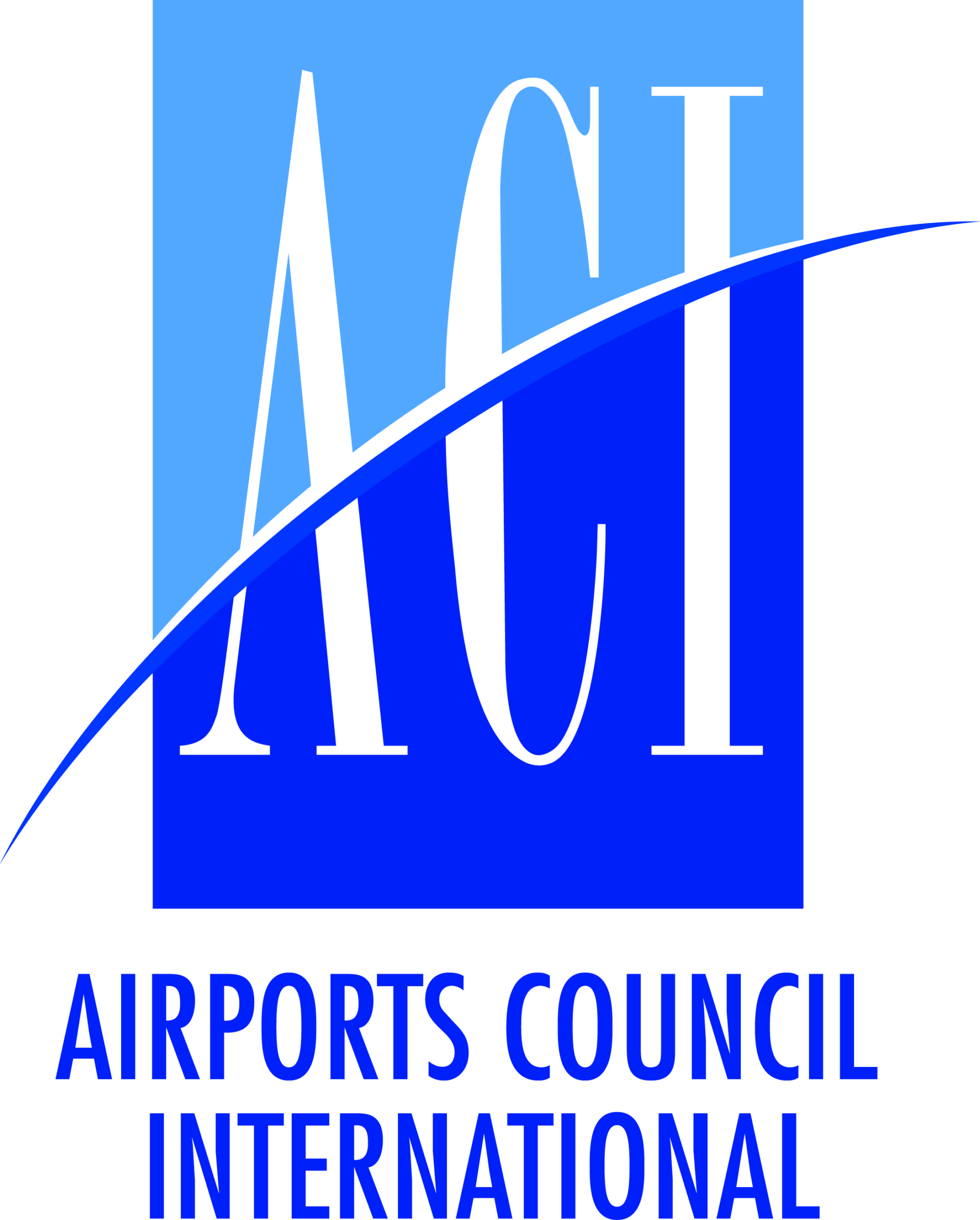Source: ACI
- ACI World releases Airports Economics Report and Key Performance Indicators
Airports Council International (ACI) World has today published its 2023 edition of the Airport Economics Report and Key Performance Indicators (KPIs), presenting a comprehensive view of the airport industry’s financial performance for the 2021 year.
The annual Airport Economics Report presents an in-depth global analysis of airport industry revenues by source, costs, and related trends across the globe and over time, while the KPIs provide insight into areas such as financial performance, fixed-asset productivity, and airport operations through detailed statistics. Data is gathered from over 1,000 airports of all sizes and business models, representing 82% of the world’s pre-pandemic traffic.
Global highlights
Key highlights from the 2023 Airport Economics Report and KPIs include:
- In 2021, the airport industry experienced the continued financial impact from the COVID-19 pandemic.
- Due to the capital-intensive nature of the airport business with many fixed costs, the average cost per passenger far exceeded average revenue.
Facing substantial financial pressures, and the ongoing need for infrastructure investments, airports increased their levels of debt during 2021 to finance operations.
- In 2021, the industry’s Debt-to-EBITDA ratio was 13:1; in contrast to the pre-pandemic average that was in the realm of 5:1.
- Aeronautical revenue was the largest source of income for airports, representing 50% of the total.
- Beyond aeronautical revenue, airports are exploring new sources of revenue on the non-aeronautical side of the business such as real estate development to mitigate traffic risk and adapt to changing market conditions.
ACI World Director General Luis Felipe de Oliveira said: “This year’s report presents an overview of the industry’s financial recovery trends as it emerged out of the pandemic. There is no denying that airports are infrastructure intensive businesses—the cost structure is characterized by prominent fixed costs. Under a regulated regime of airport charges that do not adjust to actual market and demand conditions, there should be full awareness of the fact that the regulated formula that protects airlines in good times also requires protecting airports in bad times.
“Beyond the impact of the pandemic, airports need the support of governments through better global policy frameworks on airport charges. In a changed competitive landscape, light handed models of economic oversight need greater consideration in global policy frameworks on airport charges. Airports must be given greater freedom to operate as businesses in their own right. Regulators and the rest of the aviation ecosystem must work together—so airports can continue to play a vital role in the global economy, serving as critical infrastructure for the movement of people and goods.”


